I am always looking to bring new recipes online that aren’t all over the place. Last week we watched Jamie Oliver’s Food Escapes: Marrakech on Cooking Channel. It brought back a flood of memories and ideas but also made me a bit sad. He messed with every traditional Marrakechi dish and made it into something it’s not.
Do you ever feel like maybe it’s best to leave good recipes alone? Watching this was an impetus to remember some of the dishes that I have not shared with you and B’ssara is one of them. When I told MarocBaba I was going to make this, he got as giddy as a kid in a candy shop. Suffice to say it’s been awhile since he’s had this dish.
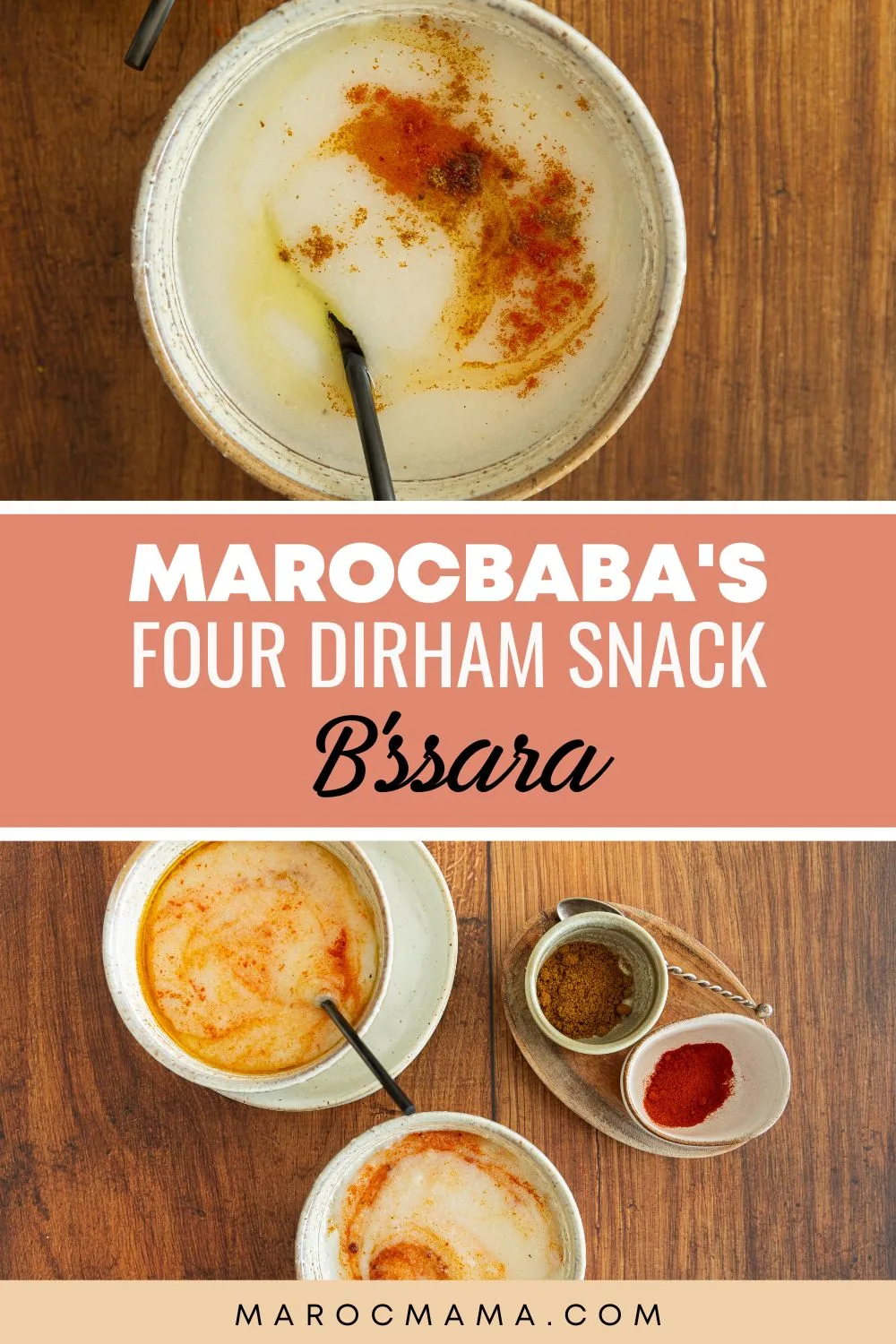
As I was making it he told me that when he was in high school he would visit a guy who sold b’ssara out of a little kiosk with a cup of tea and a segment of bread for a snack. It cost 4 dirhams, or about 50 cents for all of this. When I think back to my school snacks, fava bean puree wasn’t one of them!
This dish, the b’ssara recipe, is simple, with very few ingredients but with a lot of flavor and really very healthy. It is vegan, vegetarian and gluten-free friendly.
What is B’ssara?
B’ssara, a beloved Moroccan dish, is a hearty soup crafted from dried fava beans, prized for its affordability. Dubbed Morocco’s four-dirham snack, it’s a budget-friendly delight at about 50 American cents. Enjoyed widely across the country, B’ssara serves as a staple breakfast option or a convenient snack. Originating from Northern Morocco, this dish is typically seasoned with paprika, imparting a subtle kick to its otherwise mild flavor profile. Best savored from street vendors, it’s customary to accompany B’ssara with a side of bread, ensuring no drop goes to waste.
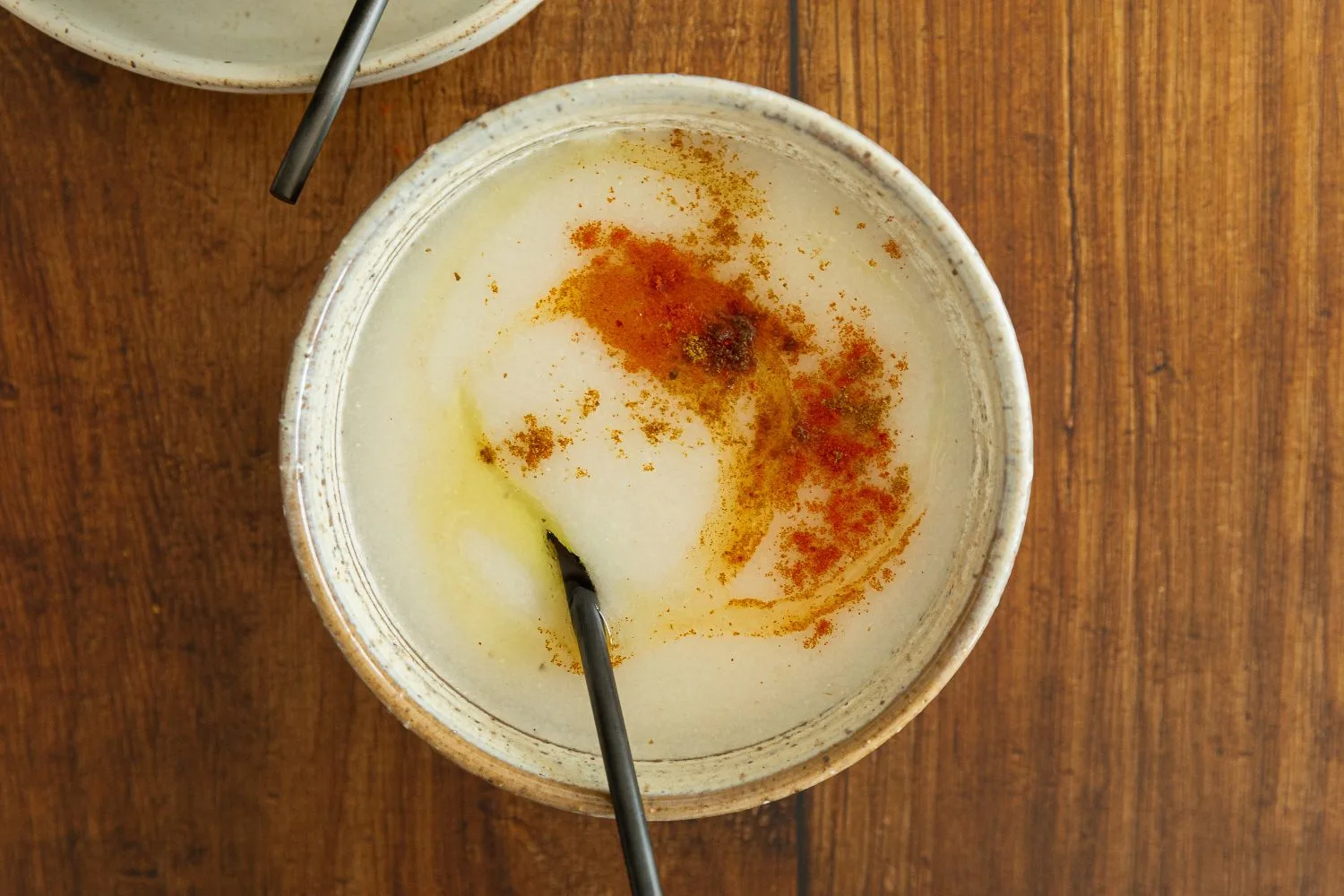
Ingredients in Making B’ssara
The Moroccan B’ssara, a traditional dish enjoyed across the country, boasts a rich and flavorful combination of ingredients. At its heart lies dried fava beans. These beans form the base of the dish, lending it a creamy texture and nutty flavor. Onions, garlic, and a medley of spices such as cumin, paprika, and cayenne pepper are sautéed to release their aromatic essence, adding depth to the broth. Olive oil, a staple of Moroccan cuisine, is generously drizzled into the pot, infusing the B’ssara with its distinctive fruity notes. Once the beans are tender, the mixture is blended into a smooth puree, further enhancing its velvety consistency.
Finally, a splash of lemon juice brightens the flavors, balancing the richness of the dish. Garnished with a swirl of olive oil, a sprinkle of cumin, and a handful of fresh herbs like cilantro or parsley.
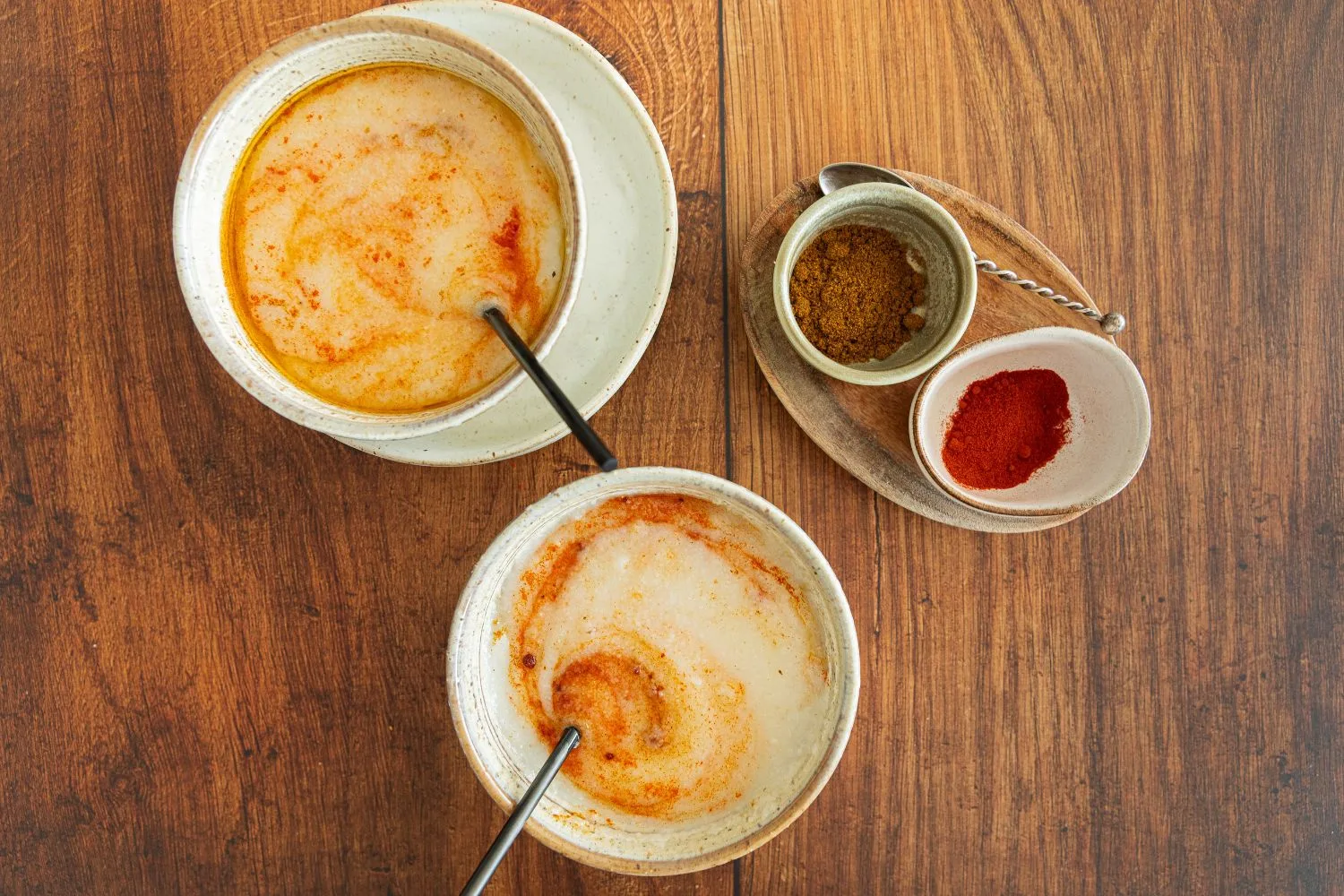
For those seeking to recreate this culinary delight at home, these b’ssara ingredients serve as a perfect starting point, offering a taste of Morocco in every spoonful. Experimenting with proportions and additional spices can tailor the B’ssara to individual preferences. Also, feel free to check out my recipe, where step-by-step instructions ensure a delicious outcome every time.
Important Notes to Remember in Making B’ssara
When preparing B’ssara, several key points should be kept in mind. Firstly, soaking the fava beans overnight is crucial to ensure they soften adequately during cooking. Additionally, while some recipes call for peeling the beans after soaking, others suggest leaving the skins on for added texture and flavor. It’s essential to simmer the beans gently with aromatic spices such as cumin, garlic, and paprika to develop rich, complex flavors. Furthermore, blending the soup to a smooth consistency is typical, although some prefer a chunkier texture. Garnishing with a drizzle of olive oil, a sprinkle of cumin, and a squeeze of lemon adds a final touch of brightness and depth.
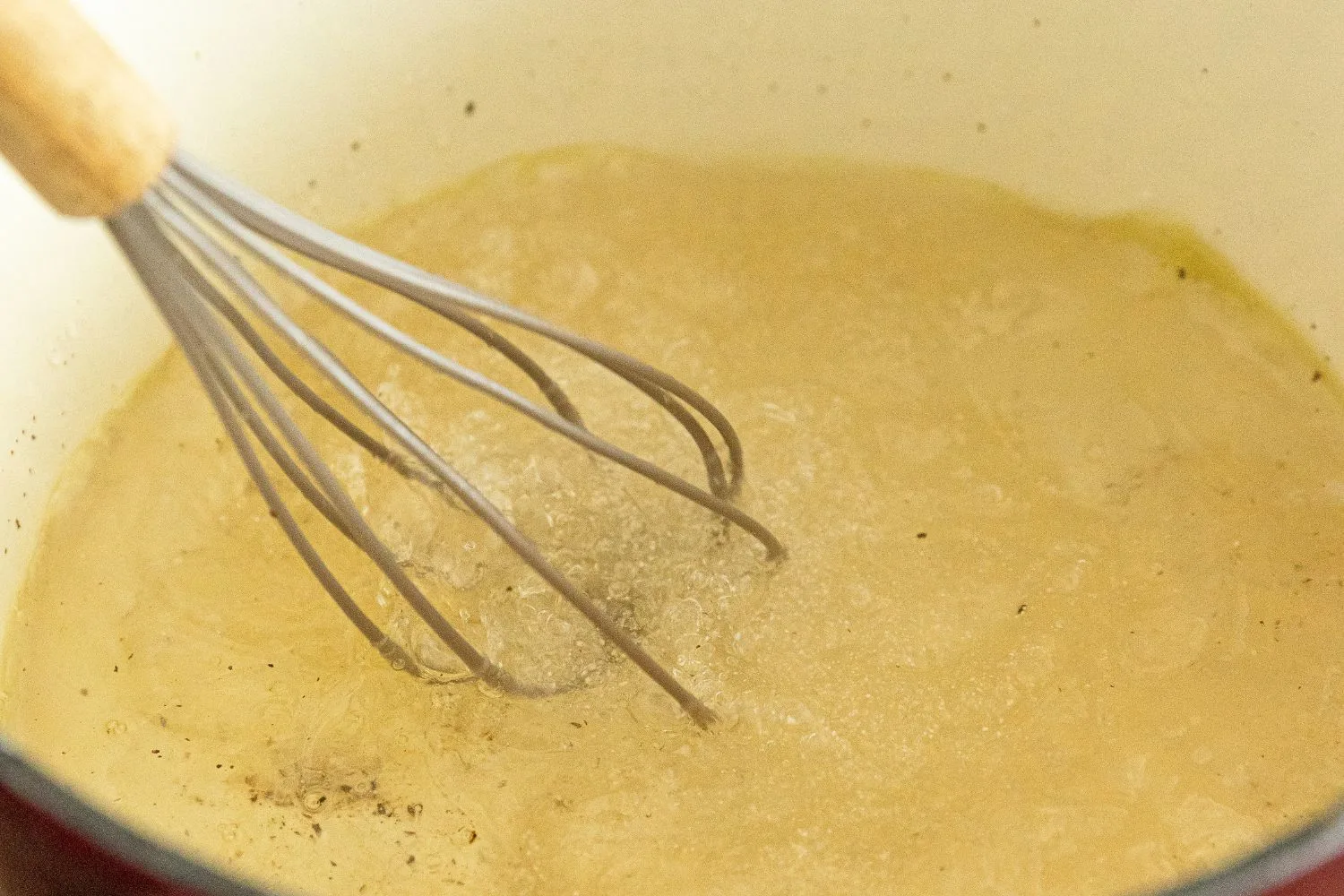
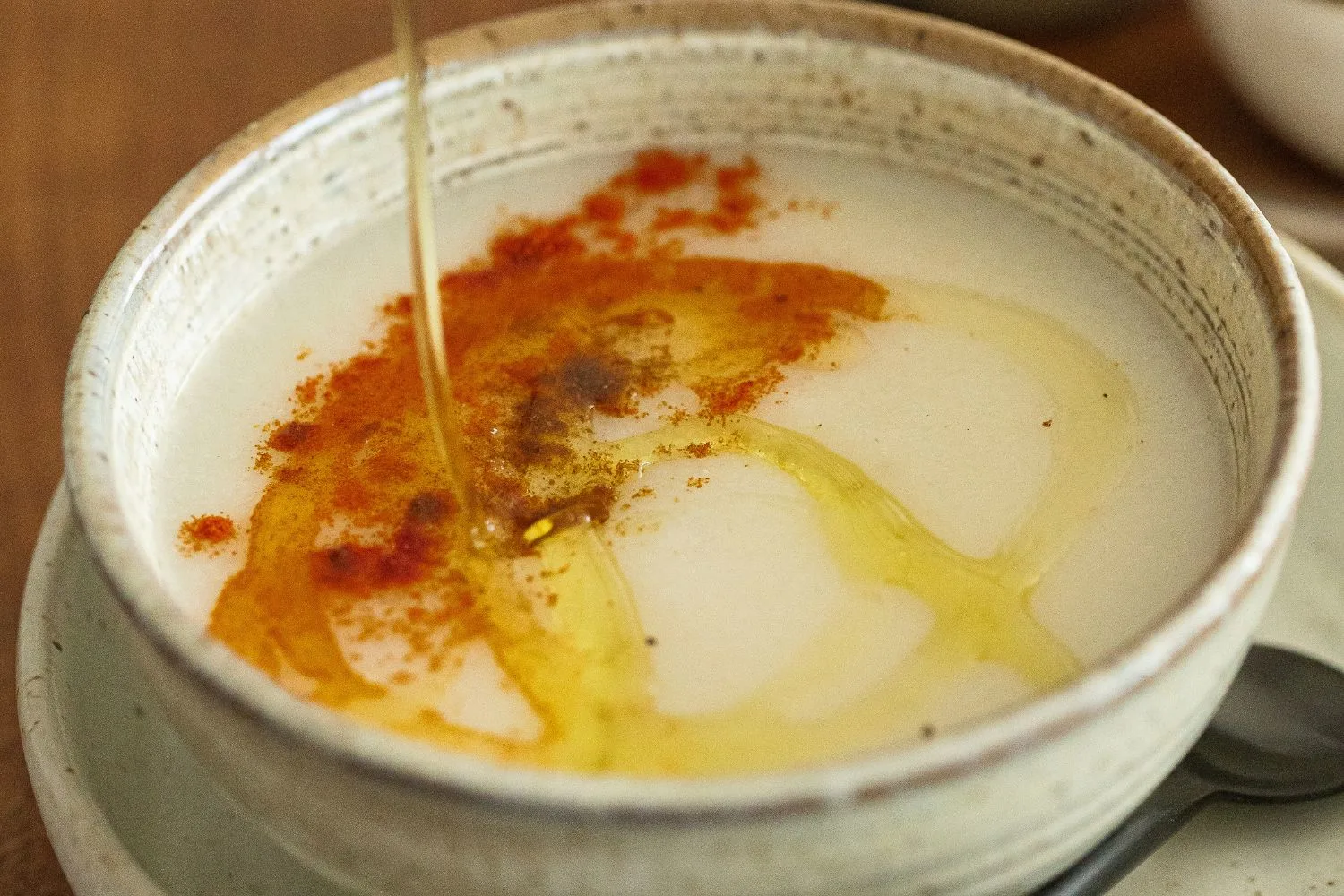
Lastly, serving the bissara piping hot alongside crusty bread or traditional Moroccan flatbread completes the experience, offering a comforting and nourishing dish perfect for any occasion.
Try These Other Moroccan Bean Recipes
Looking to expand your culinary horizons? Dive into the rich tapestry of Moroccan cuisine with these tantalizing bean recipes.
- Start your day with a burst of flavor by whipping up Moroccan White Beans (Loubia) in your Instant Pot. This versatile dish can serve as a hearty breakfast or a satisfying main course, ready in a flash.
- For a vegetarian twist on a Moroccan classic, try your hand at Vegetarian Moroccan Harira, a robust soup brimming with lentils, chickpeas, rice, and an aromatic blend of herbs and spices.
- Need a quick and nutritious meal? The Moroccan Lentil Instant Pot recipe is perfect for busy weeknights.
- And for a delightful snack or side dish, whip up an easy recipe for Moroccan Chickpeas (Hommos) using your trusty pressure cooker.
With these recipes, you’ll embark on a culinary journey that delights the taste buds and nourishes the soul.
How to Make B’ssara
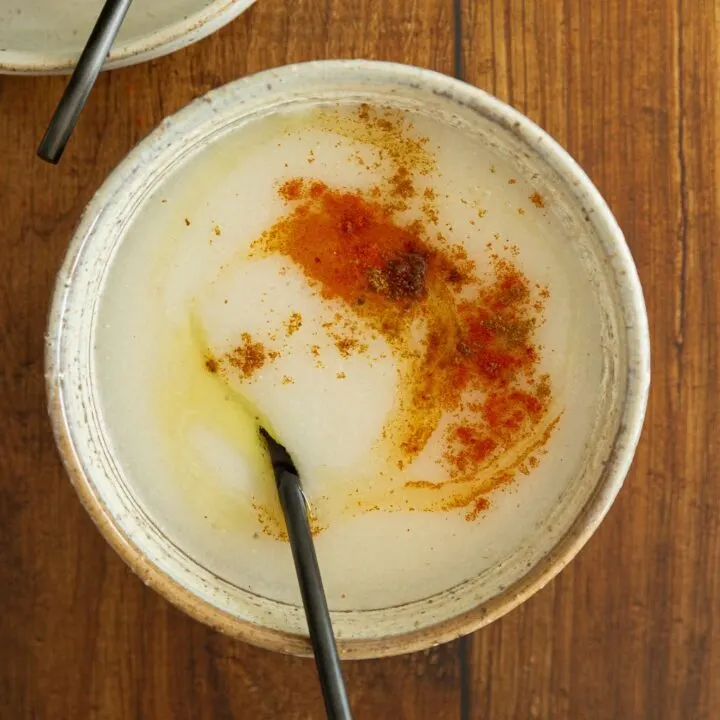
B'ssara
B'ssara, a beloved Moroccan dish, is a hearty soup crafted from dried fava beans.
Ingredients
- 1 cup of dried fava beans
- 5 cloves of garlic peeled
- 2 tbsp olive oil
- 1 tsp each salt and pepper
- 3 cups of water
- 1 tsp olive oil
- 1/2 tsp cumin to top each bowl
- 1/4 tsp kosher salt to top each bowl
- 1 tbsp paprika
Instructions
- Wash dry fava beans and place in a pressure cooker.
- Add the 5 cloves of peeled garlic whole along with 3 cups of water.
- The water should be completely covering the beans and then some.
- Next add the 2tbsp of olive oil and 1 tsp each of salt and pepper.
- Cover the pressure cooker and cook on medium-high for 30 minutes. Release the pressure and open.
- Transfer this into a food processor and puree. If you have an immersion blender you can do this right in the pressure cooker, however it works the same in a food processor or blender.
- The mixture will be watery, but the next step will help it to thicken.
- Transfer the puree into a clean pan and heat on medium until it starts to boil.
- Top the puree with paprika and stir while the mixture heats up.
- If you stir continuously it will help keep the mixture from sticking.
- If you like this a little bit spicier you can add more paprika or cayenne pepper even.
- To finish up the dish, pour 1 tsp of olive oil on top of each bowl and sprinkle with 1/2 tsp each of cumin, coarse salt (any salt will work this just looks pretty) and extra paprika if desired.
- Serve with bread to scoop up the dip or a spoon to eat like soup.
Reflecting on the essence of traditional recipes, perhaps it’s sometimes best to honor their authenticity. Rediscovering dishes like B’ssara (bisara) recipe, untouched by culinary trends, brings not just nostalgia but also a sense of culinary heritage and simplicity, enriching our dining experiences with genuine flavors and memories.
Wright
Monday 25th of May 2020
The fava beans that I found in the US (Goya) come whole, and unpeeled. As I remember, the ones in Morocco are sold slivered (or halved) but are they also peeled? I cooked this recipe, and I'm pretty sure the problem was the peels. I think they keep the bean from absorbing the water properly, and the peels themselves have an unpleasant texture. I looked at the random recipe Goya published on the back of the bag, and in that recipe, you boil the beans for 5 minutes and then slip the peels off, so I think that's where I went wrong.
Amanda Mouttaki
Tuesday 26th of May 2020
That could very well be. I'm afraid I haven't encountered the ones you're mentioning in the US but as with chickpeas and hummus I'm sure unpeeled is much better!
Noor
Tuesday 21st of April 2020
Where can I find fava beans in Marrakech?
Amanda Mouttaki
Wednesday 22nd of April 2020
Most all hanouts will have dry fava beans. They're called ful here. They look sort of off-white and are usually split in half.
Jenna
Sunday 29th of March 2020
This recipe has me wishing I was in M'Diq enjoying bonito and b'sarra (baysar).
Gluten Free, Vegetarian Moroccan Harira
Monday 2nd of July 2018
[…] B’ssara: Fava Bean Soup […]
Gluten Free, Vegetarian Moroccan Harira
Monday 2nd of July 2018
[…] B’ssara: Fava Bean Soup […]